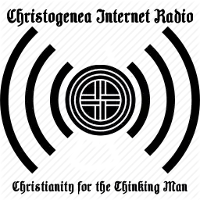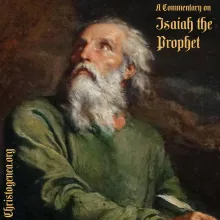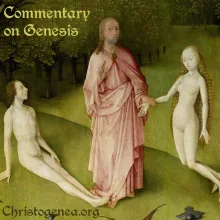TruthVid's 100 Proofs that the Israelites were White, Part 37: 51, Malachi and the corrupted priesthood
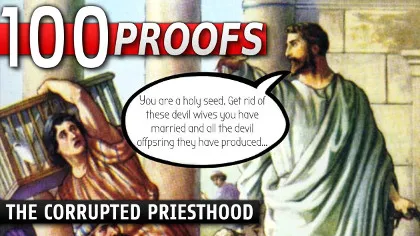
TruthVid's 100 Proofs that the Israelites were White, Part 37
Over the last several presentations in this series we have discussed the warnings of Peter and Jude, that a certain caste of intruders and infiltrators had corrupted the assemblies and doctrines of the people of God in ancient times, and that they would continue to do so in the Christian era. These infiltrators were clearly linked by both apostles to the fallen angels, and described as a race which is both distinct from and hostile to the children of Israel. Doing that, we had cited passages from Paul of Tarsus where he had described those same infiltrators in different terms, even labeling them as Satan. Then finally, where we had last left off, we discussed these infiltrators once again from the perspective of the apostle John, how he had described them as a race of antichrists who came from among the Judaeans, but who were not actually of the same origins as the Christians of Judaea, and therefore they could not have been true Israelites. Now, in keeping with this same theme, we are going to discuss the prophet Malachi and the corruption of the priesthood which he had prophesied centuries before the ministry of Christ, and thereby we may see that Malachi prophesied concerning the very circumstances in Judaea of which Christ had spoken, and the apostles of Christ had written, and some of these prophecies were played out explicitly during the ministry of Christ.

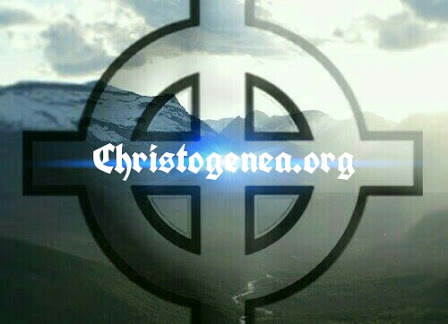


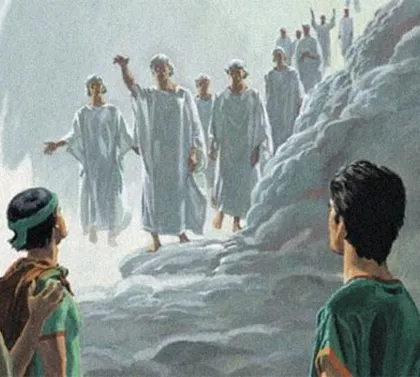
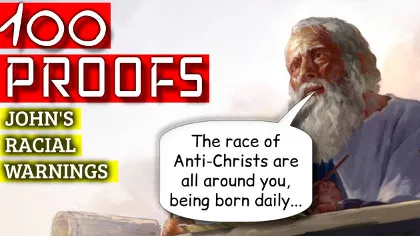

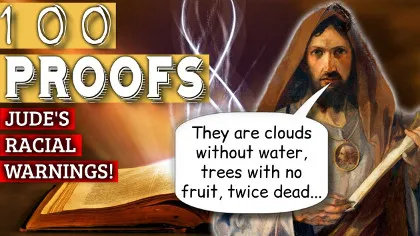



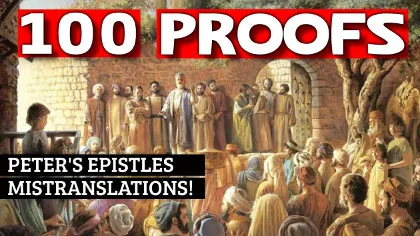

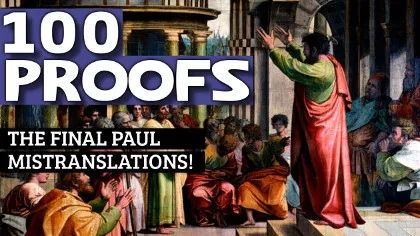


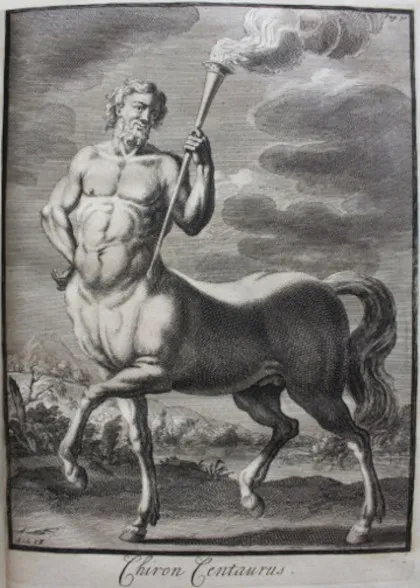
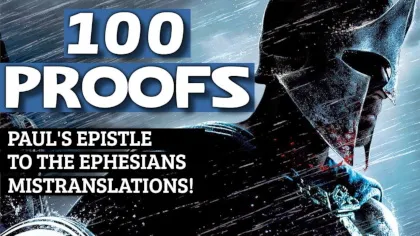




 Please click here for our mailing list sign-up page.
Please click here for our mailing list sign-up page.

